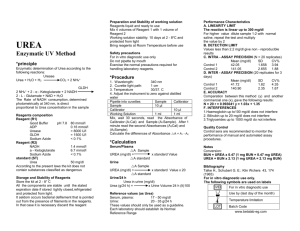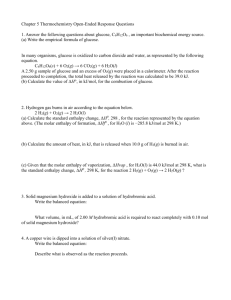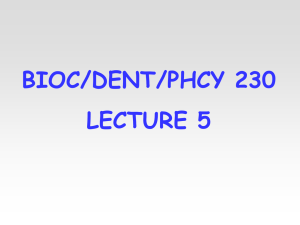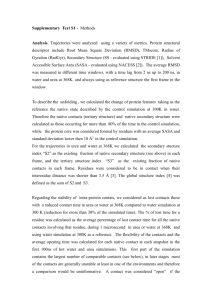A urea cycle disorder is a genetic disorder caused by a mutation
advertisement
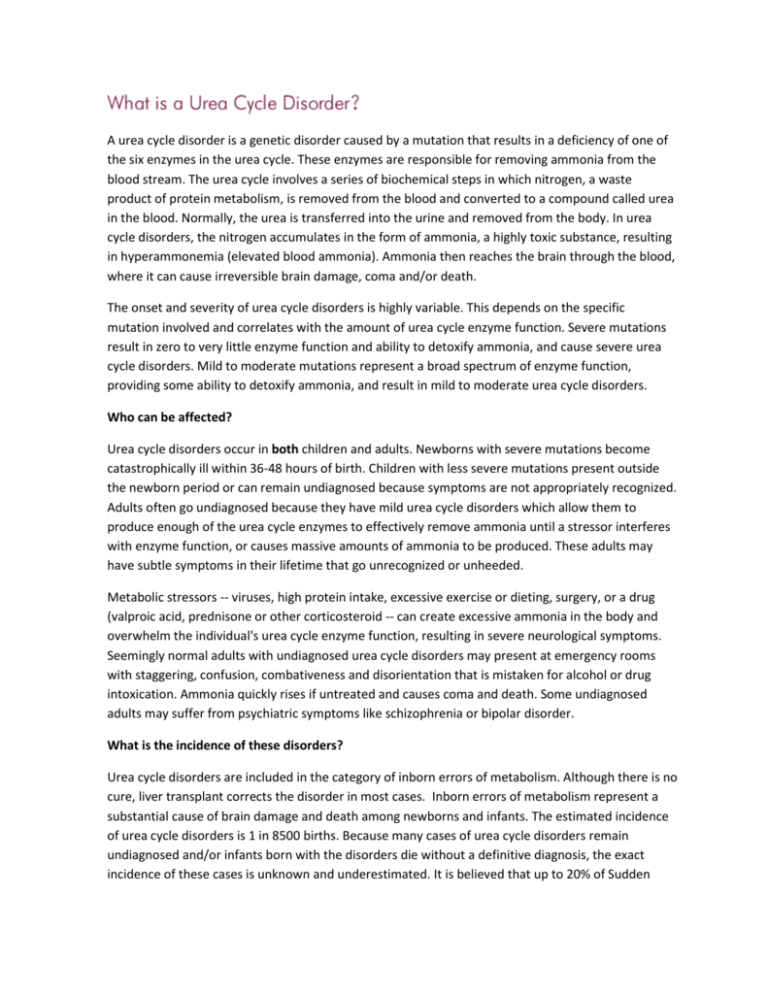
A urea cycle disorder is a genetic disorder caused by a mutation that results in a deficiency of one of the six enzymes in the urea cycle. These enzymes are responsible for removing ammonia from the blood stream. The urea cycle involves a series of biochemical steps in which nitrogen, a waste product of protein metabolism, is removed from the blood and converted to a compound called urea in the blood. Normally, the urea is transferred into the urine and removed from the body. In urea cycle disorders, the nitrogen accumulates in the form of ammonia, a highly toxic substance, resulting in hyperammonemia (elevated blood ammonia). Ammonia then reaches the brain through the blood, where it can cause irreversible brain damage, coma and/or death. The onset and severity of urea cycle disorders is highly variable. This depends on the specific mutation involved and correlates with the amount of urea cycle enzyme function. Severe mutations result in zero to very little enzyme function and ability to detoxify ammonia, and cause severe urea cycle disorders. Mild to moderate mutations represent a broad spectrum of enzyme function, providing some ability to detoxify ammonia, and result in mild to moderate urea cycle disorders. Who can be affected? Urea cycle disorders occur in both children and adults. Newborns with severe mutations become catastrophically ill within 36-48 hours of birth. Children with less severe mutations present outside the newborn period or can remain undiagnosed because symptoms are not appropriately recognized. Adults often go undiagnosed because they have mild urea cycle disorders which allow them to produce enough of the urea cycle enzymes to effectively remove ammonia until a stressor interferes with enzyme function, or causes massive amounts of ammonia to be produced. These adults may have subtle symptoms in their lifetime that go unrecognized or unheeded. Metabolic stressors -- viruses, high protein intake, excessive exercise or dieting, surgery, or a drug (valproic acid, prednisone or other corticosteroid -- can create excessive ammonia in the body and overwhelm the individual's urea cycle enzyme function, resulting in severe neurological symptoms. Seemingly normal adults with undiagnosed urea cycle disorders may present at emergency rooms with staggering, confusion, combativeness and disorientation that is mistaken for alcohol or drug intoxication. Ammonia quickly rises if untreated and causes coma and death. Some undiagnosed adults may suffer from psychiatric symptoms like schizophrenia or bipolar disorder. What is the incidence of these disorders? Urea cycle disorders are included in the category of inborn errors of metabolism. Although there is no cure, liver transplant corrects the disorder in most cases. Inborn errors of metabolism represent a substantial cause of brain damage and death among newborns and infants. The estimated incidence of urea cycle disorders is 1 in 8500 births. Because many cases of urea cycle disorders remain undiagnosed and/or infants born with the disorders die without a definitive diagnosis, the exact incidence of these cases is unknown and underestimated. It is believed that up to 20% of Sudden Infant Death Syndrome (SIDS) cases may be attributed to an undiagnosed inborn error of metabolism such a urea cycle disorder. Some children with autism spectrum and behavioral disorders may have have undiagnosed urea cycle disorders. Research studies are ongoing to more accurately determine the incidence and prevalence of UCDs. For easy to understand information about the basics of urea cycle disorders, download:



